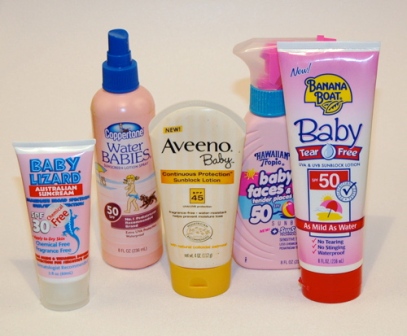There two types of people in the world; one who live life as the wish and the other live their life with principles. Only people in the second category achieve great heights in their life. A goal is very important in everyone’s life. Many have the wrong commotion that the way is not important as long as the end result is good.
The path to success is equally important when compared with the success. So it is mandatory for each and everyone to follow good practices to reach the end in style. Health is the major concern for everyone in today’s world. The number of diseases keeps on increasing so is the environmental degrades. People and children of the present era eat medicines more than food. These are the ill effects of not following an enriched lifestyle.
What is mentioned as enriched lifestyle practices is not about our external social behavior. This is our day to day activities and general healthcare knowledge that are done so as to keep good health. These things are very essential to maintain and sustain in this drastic environment. A timely action of everything has to be done. A note about the following should be kept in mind in order to excel in life.



